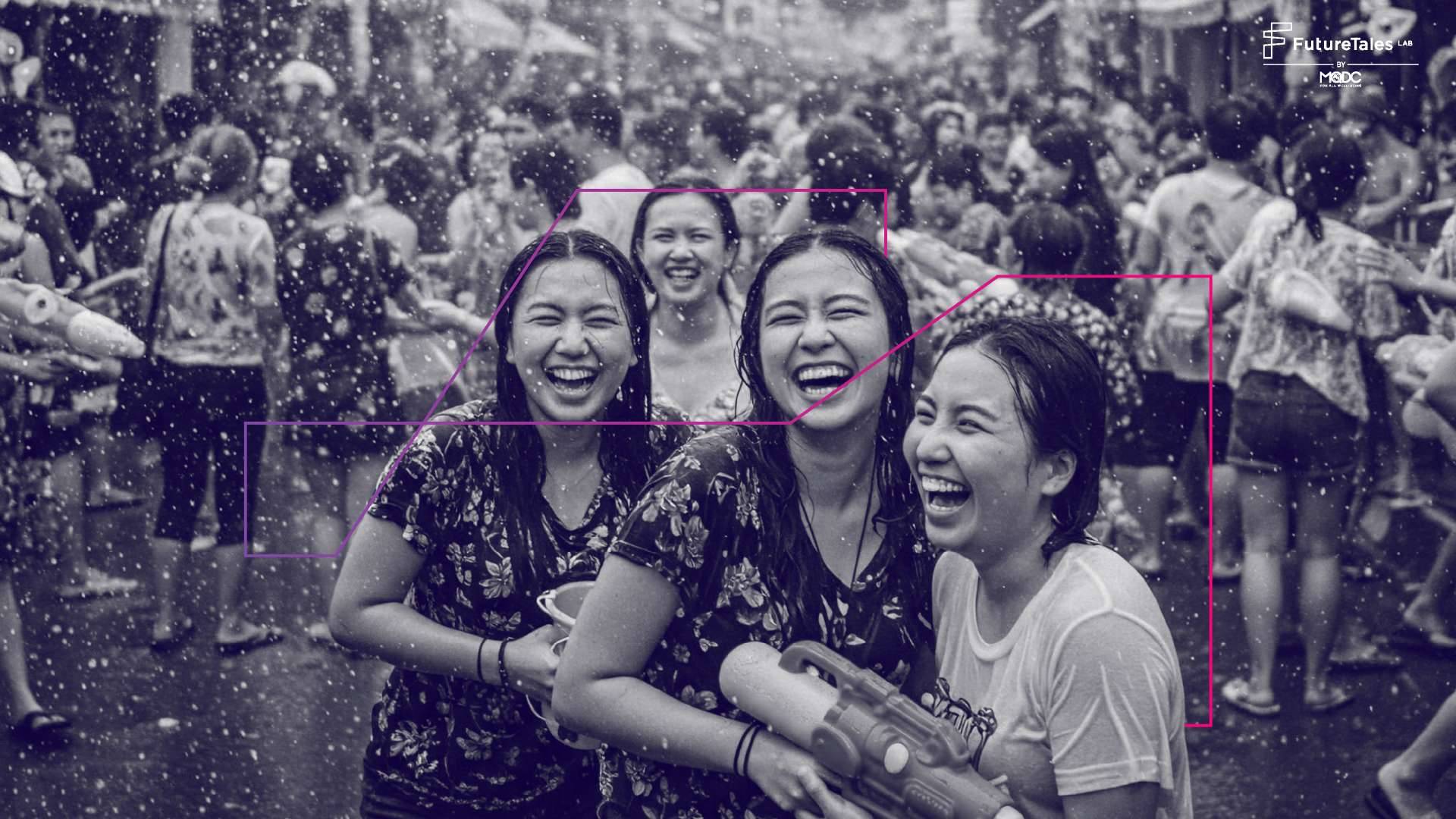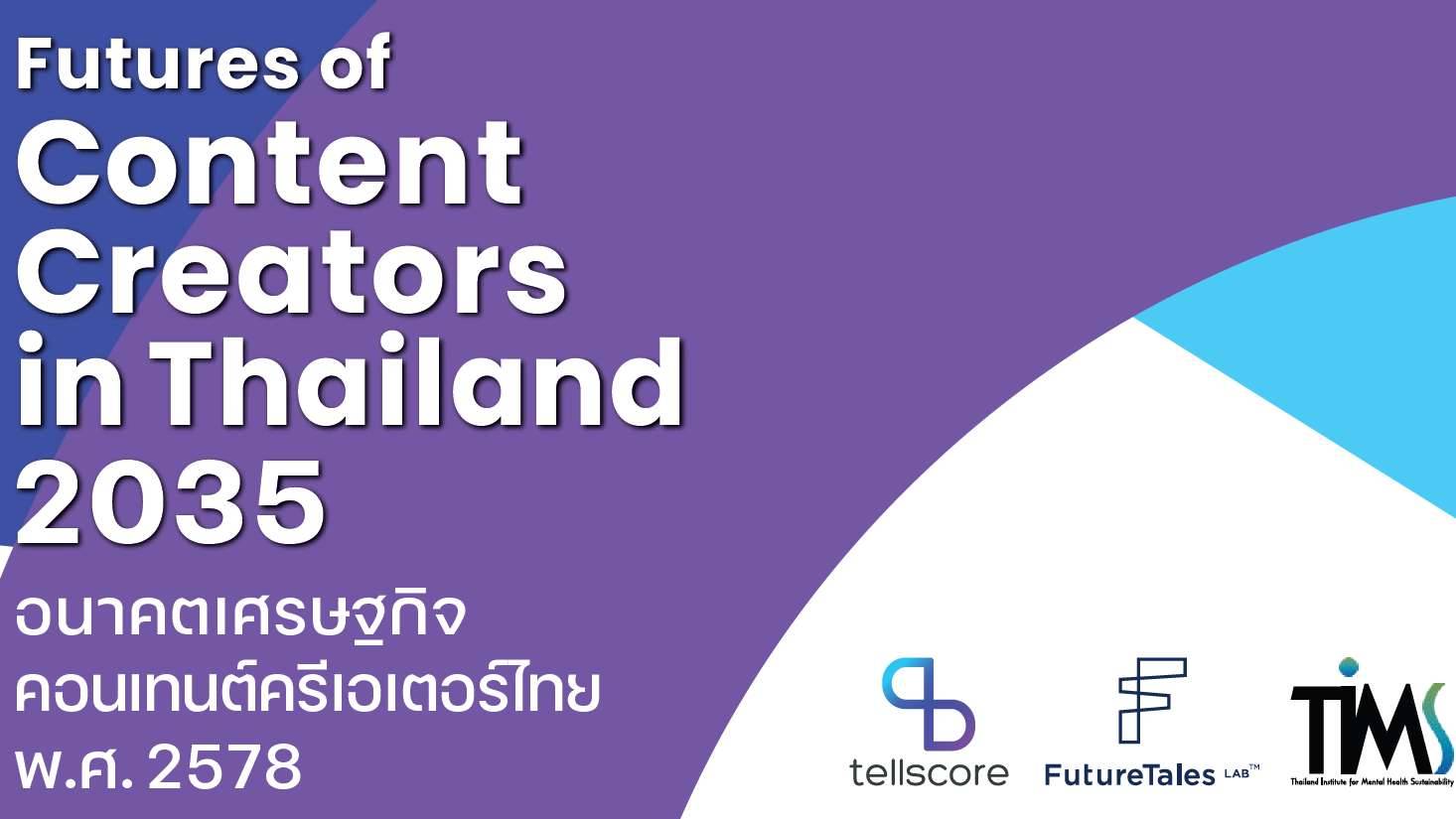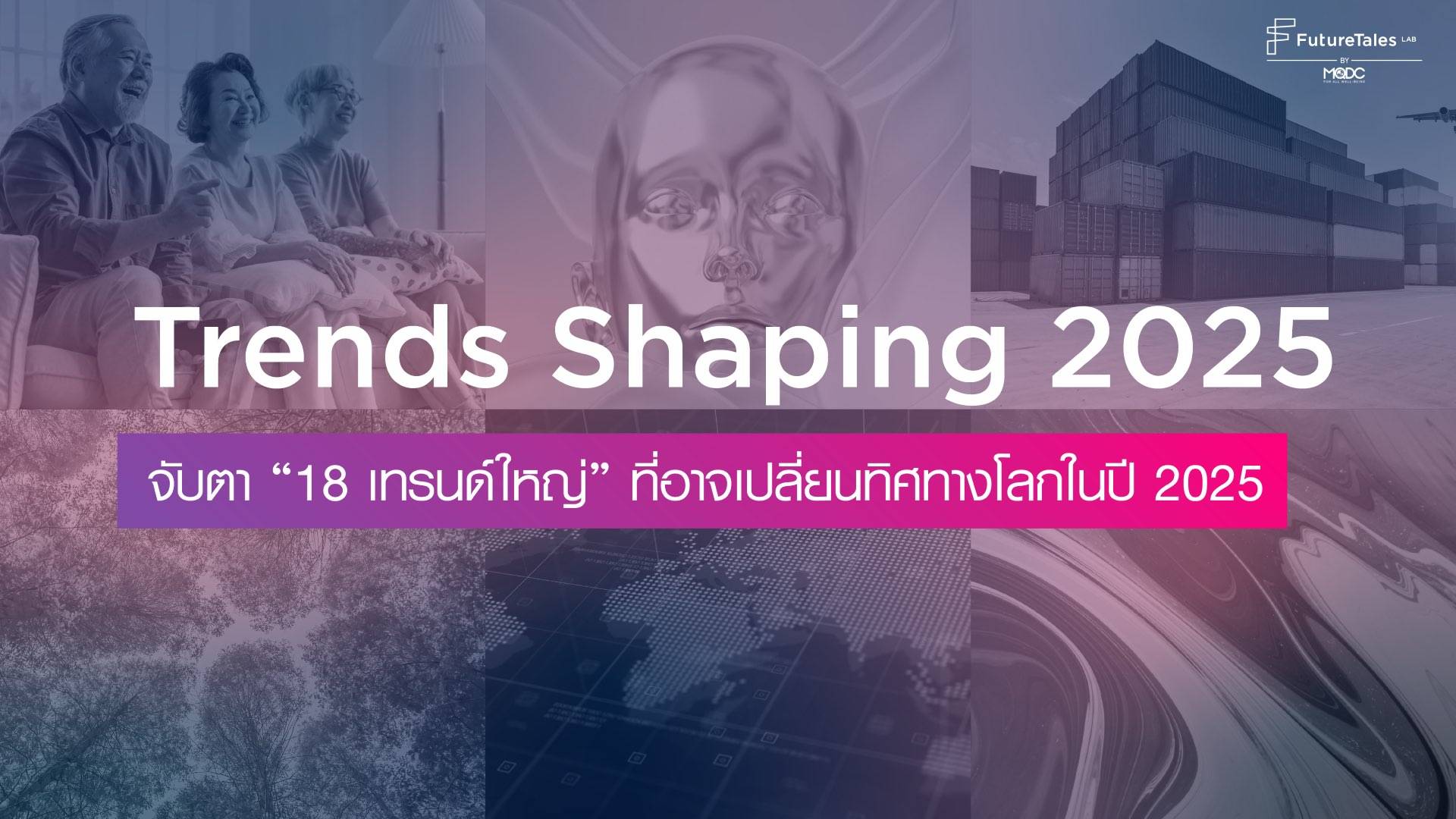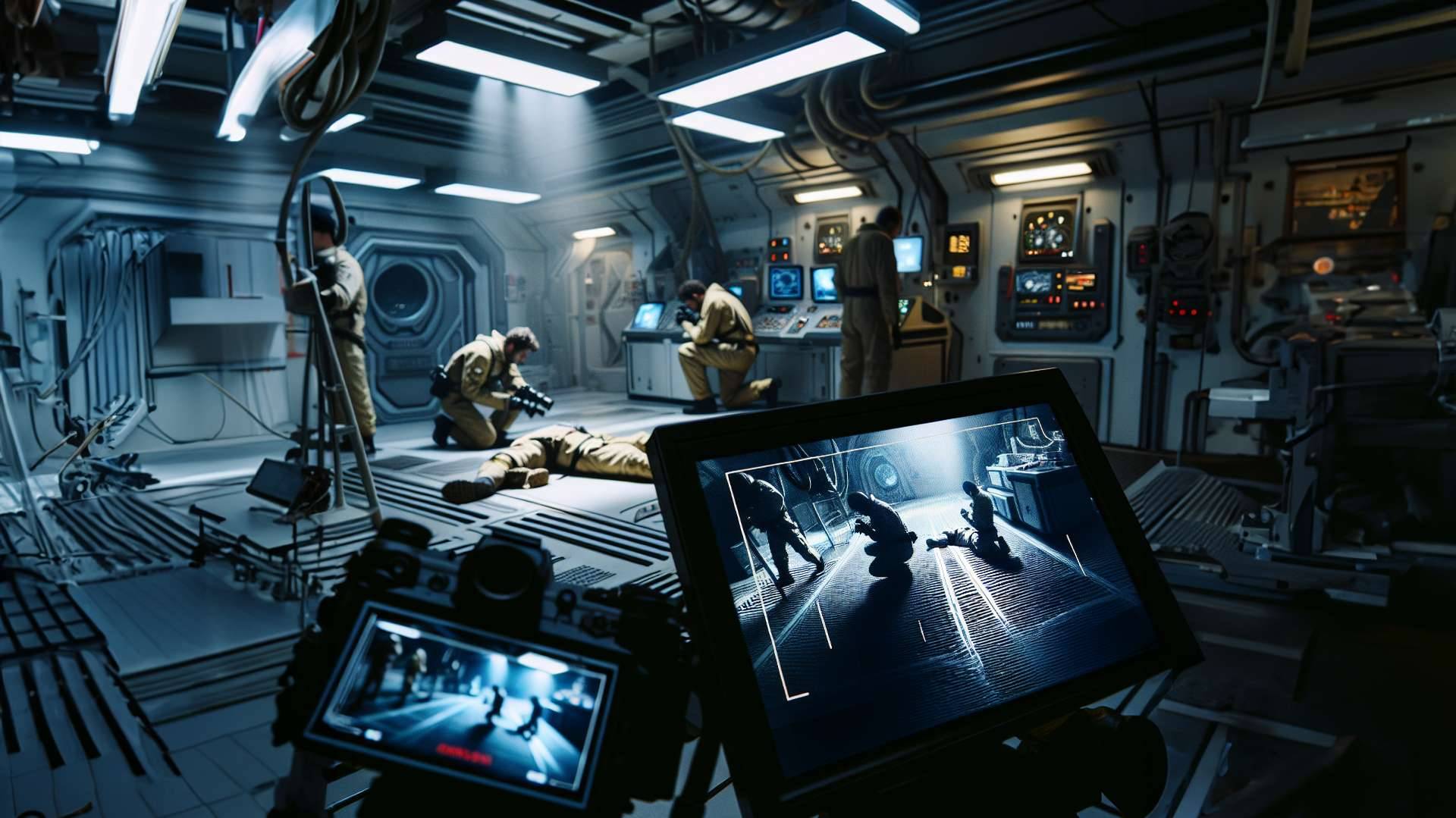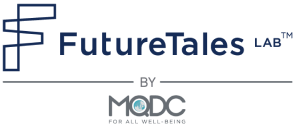
Mental Health City X Gen Alpha
ARTICLES | Mar 21, 2024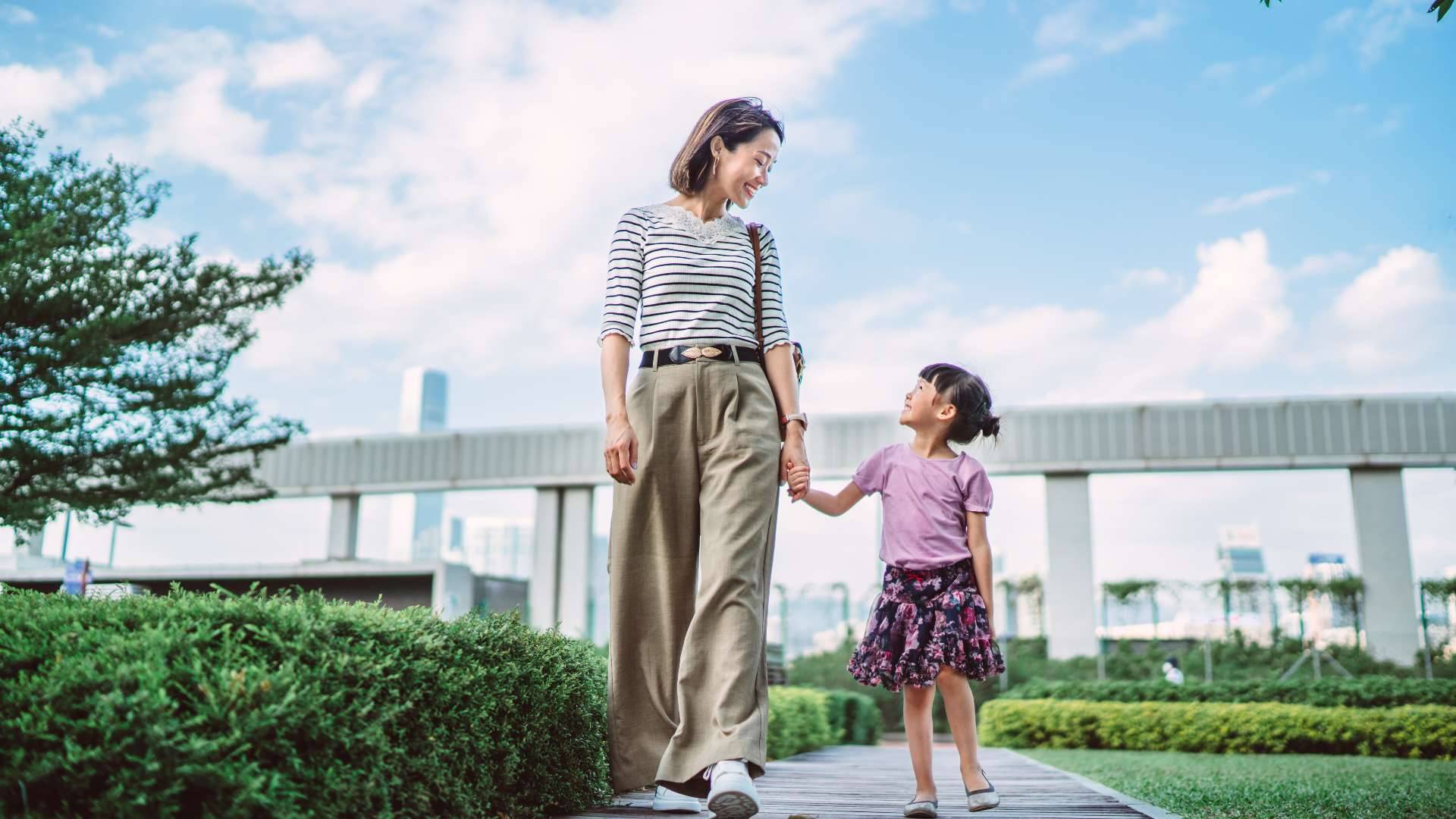
[#GenerationAlpha] or [#GenA] were born in 2012-24 and are now 12 or younger.
This generation are digital masters and hyperconnected between the physical and virtual worlds. They spent their time online during COVID and received a huge amount of news and information from a young age. Gen A want freedom and justice, such as health, equality, sustainability. They campaign for change and are interested in being entrepreneurs to solve social problems.
Only 6% of this generation want to be full-time employees. They will also face ongoing social, technological, economic, policy, and environmental changes, forcing them to adapt for their and the world’s survival.
Gen A will enter adolescence and adulthood over the next decade, numbering more than 2.5 billion people worldwide, accounting for over 11% of the labor market. They are crucial as the number of income-producing workers falls and of those needing care rises in many countries. Gen A will also face more severe and frequent natural disasters, including complex geopolitical problems both at the international level and economic issues in everyday life.
The job market will require expertise such as working with Generative AI, automation, sustainability, with an understanding of the current situation and trends in future changes. Flexible skills will be needed to adapt to the situation, along with quick learning, deep understanding, communication and interaction skills. The ability to reach mental peace and happiness will help Gen A live, adapt, and have good health.
Gen A now and in the future will need regenerative cities with infrastructure and building design that support change and withstand disaster, physical threats, and cyberattacks. Cities must the promote comprehensive physical, emotional, social, and intellectual development of their citizens. Elements within the city must be designed with a focus on experience design, identity, and the development of individual potential through life.
Technology and online content in the home are selected at a level appropriate for young people. Within the residence there is a secure source of food and energy, clean, pollution-free water, both private areas and specific areas for playing and doing activities. Home appliances must be safe for children and easily moved or replaced. Housing must suit the physical potential of children and all groups of people, such as the height of the shelves in children's rooms, fewer corners to prevent accidents. The area around residences and communities should be a safe area, free from crime for activities and learning. Residents should have their own private space according to their needs.
The location of the educational institution should be easily accessible. Primary educational institutions should not be more than 1.6 kilometers from students' residences, while secondary educational institutions must not be more than 3.2 kilometers away. Educational institutions have reduced hidden areas to reduce bullying rates in schools.
There should be enough counselors, guidance teachers, and psychologists for the number of students, such as 1 teacher and 1 assistant teacher for 8-20 students. Learners can ask for advice on both academic and personal matters, including access to activities such as stress management, meditation, emotional management in a private space.
One school psychologist should be responsible for no more than 500 students. Educational institutions and families should join in organizing activities to give youth an opportunity to find their identity and experience learning on their own that is appropriate for human development at each age, such as learning from real problems that integrate STEAM knowledge (Science, Technology, Engineering, Arts, Mathematics), field trips, participation in internship programs and career experiences, emphasizing skills and knowledge that will be needed in the future, such as digital literacy, coding, financial literacy, sustainability, understanding of history, politics, economics, critical thinking skills, perspectives on being a world citizen, resuscitation and first aid, basic survival.
Virtual world and extended reality technology and artificial intelligence can help enhance the learning experience and design personalized learning controlled and checked by human experts to ensure that it is appropriate for the development and potential of the learner.
Public spaces within cities must encourage creativity and physical, social, and intellectual development. There will be public fitness & devices, playgrounds, and learning resources that have been upgraded with technology and specific areas for stimulating children's development, such as outdoor gardens as well as public activities to increase opportunities for interaction with people of various ages.
Increasing green space within cities is also related to mental health, brain development, physical health, especially the respiratory and vascular systems.
Public transportation within the city must be friendly to children's physical limitations. Digital signs must be comprehensible without words. The environment should be safe for physical and mental health. Child protection services and service systems should easily accessible and dependable. A system must prevent and mitigate impacts from crimes, natural disasters, and disasters such as air pollution, noise, heat.
Technology such as drones can monitor the city with CCTV and an AI dashboard, including a system to detect suspicious people and address incidents caused by water. Drowning is reported to be the second leading cause of death for people under 15 worldwide, after meningitis. ASEAN has the second-highest number of reported drowning deaths in the world. Moreover, a study conducted three years after the catastrophic flooding in Thailand in 2011 found post-traumatic stress disorder (PTSD) among many victims.
Want to know more about us, click www.futuretaleslab.com and https://www.blockdit.com/futuretaleslab
